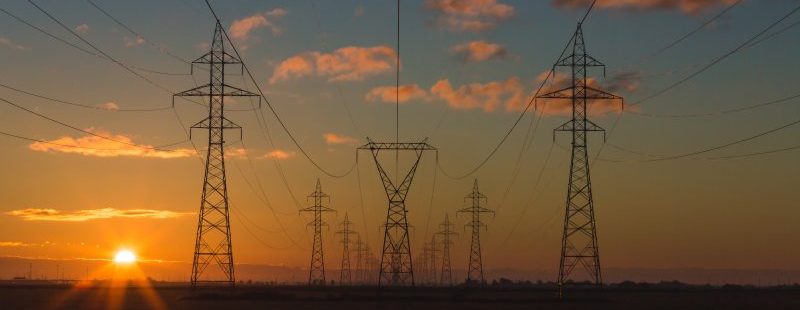It sounds like the start of a bad technology joke: What do cloud computing and electricity have in common?
According to an expert in federal IT, however, the answer might help people understand cloud and related tools that help the government daily.
Electrical grids are one way that citizens can wrap their minds around cloud and its offshoot, fog computing, said Steve Wallace, Systems Information Scientist for the Defense Information Systems Agency (DISA).
“It’s the ability to take that standardized compute platform, expand outward and then contract and destroy when we’re no longer in need of them,” Wallace said of cloud’s IT services. “Fog computing, meanwhile, is taking compute functions that are larger and typically done in a more centralized manner. You’re moving out to the edge and connecting them back to the centralized system.”
Wallace works with cloud as part of his role at DISA. He explained that electrical grids can help illustrate the relationship between cloud and fog computing.
Cloud, he says, is like an electrical grid’s power plants, powering capabilities from a centralized location that might be near or far. In contrast, fog is more like electrical grid substations, delivering power to consumers closer to where they live.
“You don’t need your own power at home anymore,” he said, comparing cloud and electrical power plants. “You consume it from a more centralized service. Your substations out there are more connected to your consumers. It brings that cloud function more locally.”
Subsequently, cloud allows agencies to deliver IT services such as computing power and data storage on-demand without having to own physical infrastructure. Fog, meanwhile, delivers cloud’s capabilities to devices on the edge of agencies’ IT networks, such as smartphones and tablets.
Although DISA doesn’t currently use much fog, Wallace says that it could with such networking challenges as distance and reliability.
“We’re dealing in environments that are either latent, disconnected or have limited bandwidth issues,” he said. “That’s been a challenge for our agency since the beginning of time. It doesn’t impact our mission. But it becomes more difficult to bring these workloads in or out of those networks.”
Wallace adds that whether DISA’s using cloud or fog, both technologies help it consistently provide IT resources wherever it’s operating.
“You’re taking that compute layer and making it more standardized,” he said. “It’s not different in every deployment. It helps from a security perspective if we’re more consistent. It helps us from a cost perspective as well.”
So how do agencies interested in cloud and fog adopt both tools? Wallace recommends that agencies carefully consider which medium would work best for their applications and the data they handle.
“If you just move your application into a cloud environment without taking advantage of cloud’s capabilities, you might not see the returns you were expecting,” he said. “And you must certainly think about security. You’re putting other elements into the equation.”
Wallace concludes that although cloud and fog might play large roles in DISA’s future, it doesn’t see physical IT completely disappearing anytime soon.
“There are still cases when we do compute on-prem,” he said. “But this is the direction things are going.”





Leave a Reply
You must be logged in to post a comment.